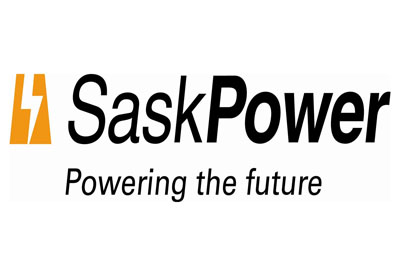CaGBC Tables Recommendations for Canada’s post-COVID-19 Economic Recovery

June 4, 2020
One of CaGBC’s primary strategic goals is to advocate on behalf of the industry for policies and programs that promote the adoption of, and investment in, green building. Their advocacy team has a measured, data-based approach to developing deep industry insights and recommendations, which we regularly share with all levels of government.
Following an unprecedented global health crisis where nearly half of all Canadian households suffered a loss of work, Canada is preparing for an economic recovery – and with it, increased spending and investment by the federal government. This spending is likely to impact our country’s core economic pillars, including construction and infrastructure projects.
Recently, CaGBC President and CEO Thomas Mueller provided his initial thoughts on this recovery in a video. Last week, CaGBC shared our industry perspective to key federal ministers. Entitled, “Ready, set, grow: How the green building industry can re-ignite Canada’s economy,” CaGBC provided guidance on how strategic investment in green building could play a significant role in re-igniting Canada’s economy, while also helping us meet our climate goals.
Green building is already a significant contributor to Canada’s economy. CaGBC has documented that over 460,000 Canadians currently work in green building. In 2018, green building activity contributed approximately $48 billion towards Canada’s GDP – an increase of 50 per cent in just four years. With financial investment, the green building industry could get Canadians back to work and help re-ignite the economy.
While we find ourselves in extraordinary circumstances, this remains the critical decade for climate action. The decisions the government makes now could set a new course that can benefit Canadians for the next 10, 20, 50 or even 100 years. The economic recovery this health crisis has precipitated could be the tipping point we need to transition Canada toward a sustainable and low-carbon future. There is no reason why economic recovery and climate action can’t go hand in hand. Science tells us that without targeted action on climate change today, we will subject future generations to significant environmental, economic and social disruptions.
To help advance both the goals of climate action and strong economic recovery, CaGBC recommends that the federal government prioritize investments in buildings – both public and private. Among the recommendations tabled:
Workforce Development
- Invest $500 million for workforce development and training to grow Canada’s low-carbon workforce;
- Allocate up to $1000/employee to access existing low-carbon training programs through existing providers
Retrofit Economy
- Allocate $50 million to stimulate the development of shovel-ready projects through 0 per cent financing of energy audits (e.g., ASHRAE Level 2 and 3);
- Allocate $10 billion through the Canada Infrastructure Bank towards a first loss loan reserve allowing qualified lenders to recover 80 per cent of the principal and accrued interest on loans supporting deep retrofit projects in the event of default;
Zero Carbon New Construction
- Require all federally funded, owned or leased building projects to move towards zero carbon. This requirement would include all newly built, owned, or leased federal buildings as well as the existing building stock, along with municipal corporate investments (i.e. Libraries, firehalls, community centres, etc.);
- The federal government should grant up to 10 per cent of the development costs for public and private sector buildings to build to low carbon. Funding should be scaled based on the emission reduction potential of the new construction design (at a graduated scale of 75%, 90%, or 100%) and with a portion being granted for actual performance one-year post-occupancy.
















